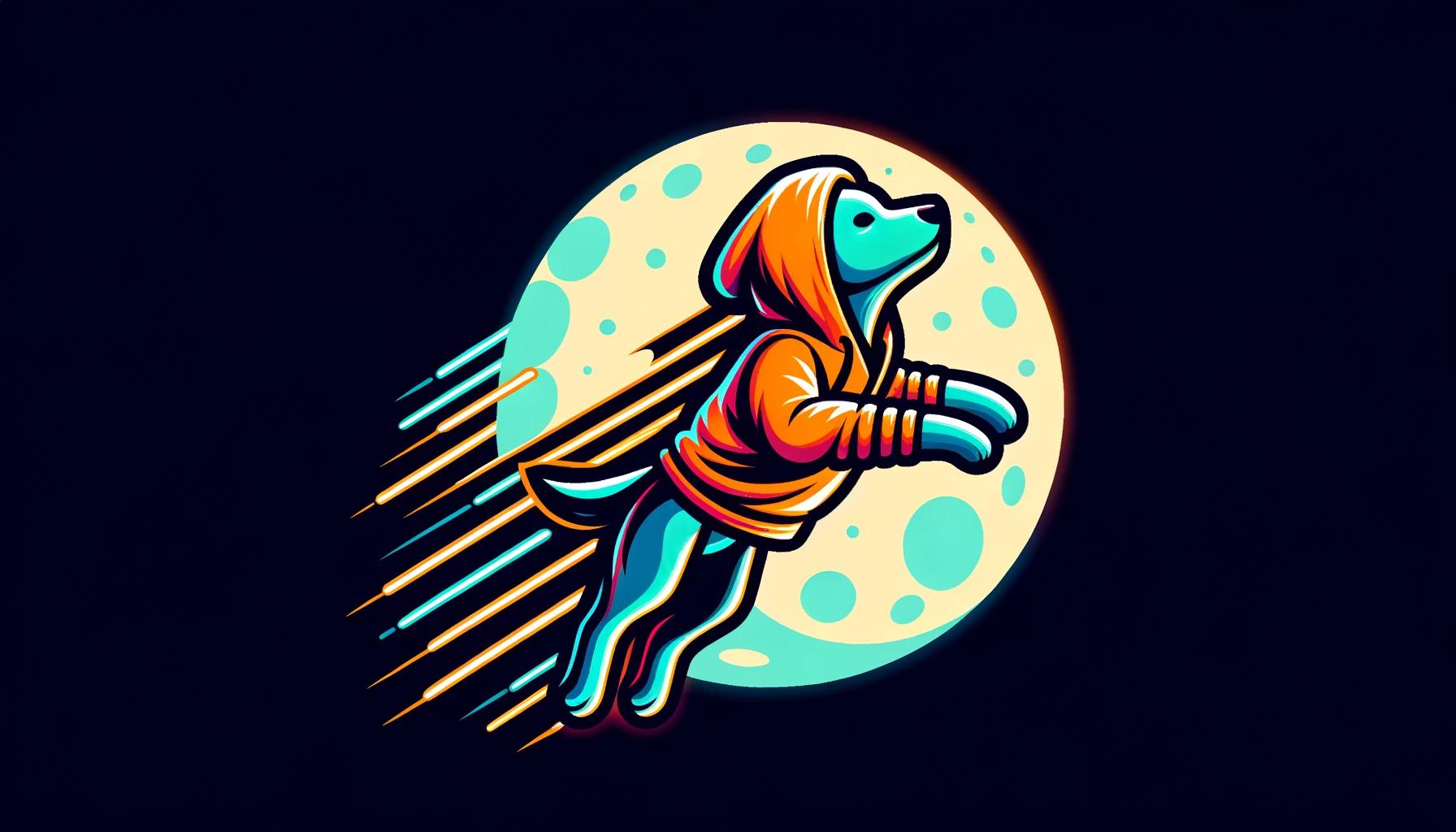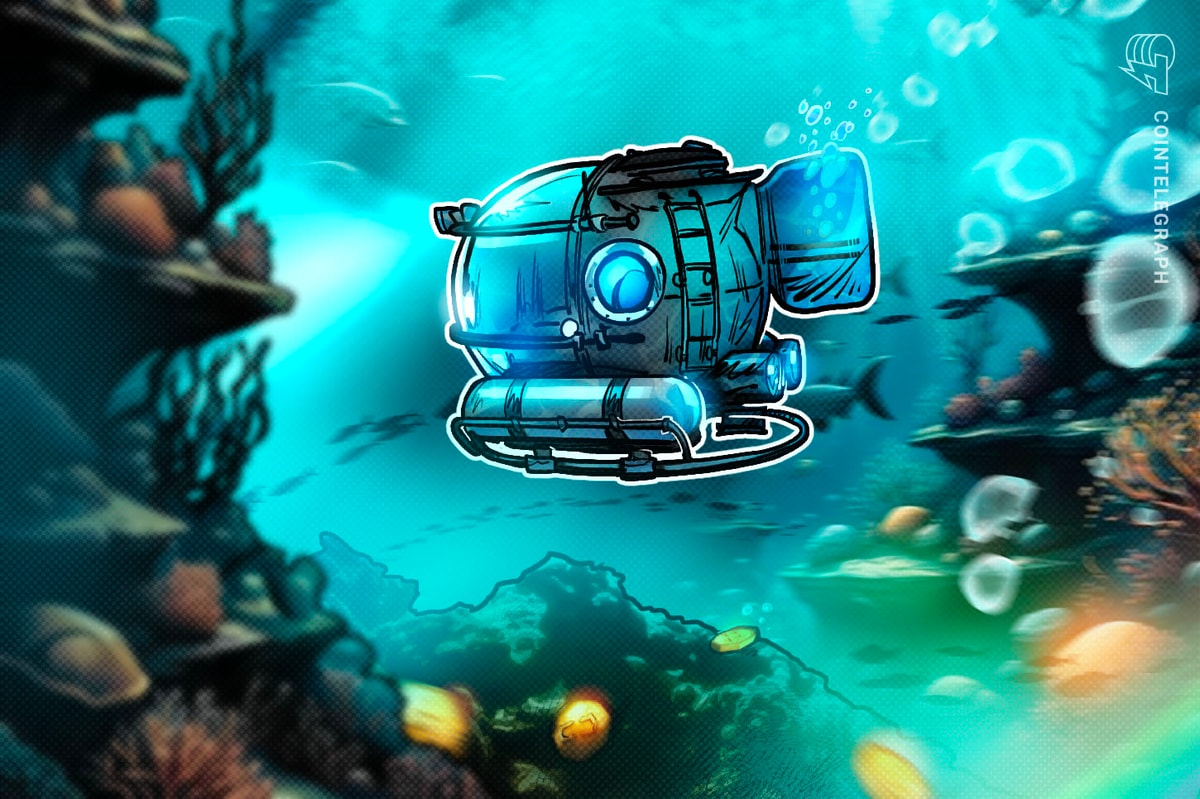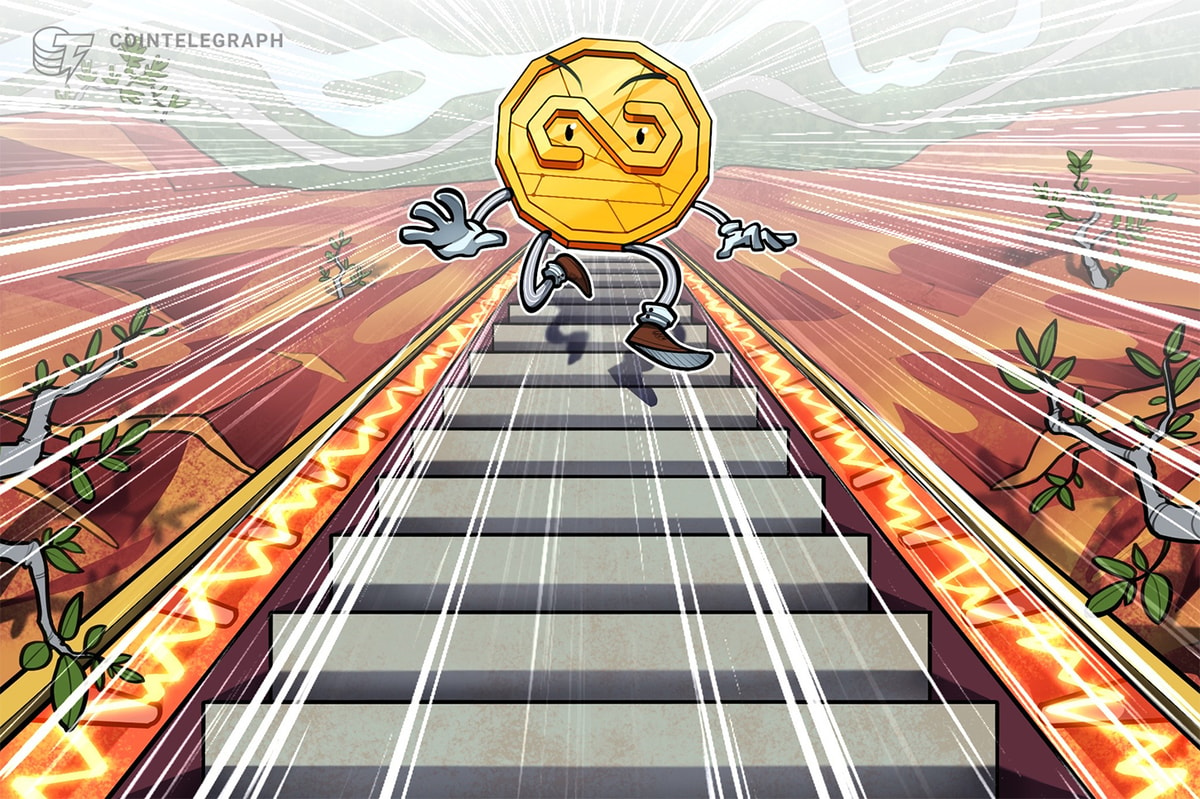The Runes ecosystem rallied 40% on May 30, while top Ordinals collections have plummeted between 40% and 60% from their 2024 highs.
As the summer months begin to set in, the Bitcoin Ordinals ecosystem is showing signs of disparity within its ranks.
While most major Ordinals collections are down between 40% and 60% from their peaks, with others such as Runestones down as much as 80%, Runes are enjoying a renaissance. The entire sector for what are essentially memecoins on Bitcoin is up 50% in the past two days, showcasing a $788 million market capitalization.
What’s going on? “Ordinal collections are selling off from all-time highs, and Runes infrastructure has improved over the past 6 weeks since launch,” said Jake Gallen, CEO of Emblem Vault.
Gallen explained that Runes are catching the memecoin wave, an observation backed by the bullish price action of tokens like DOG and LOBO. DOG, the biggest Rune, has nearly tripled in the past two weeks, according to CoinGecko.

Ordinals Sell Off
Following the euphoria experienced by the Ordinals ecosystem earlier this year – which saw collection valuations skyrocket – most of these NFT copycats have significantly dropped in price.

The most notable drop belongs to one of the most hyped Ordinals projects: Runestones.
After an impressive marketing sprint by its creator, the pseudonymous and self-proclaimed ordfluencer LeonidasNFT, these Ordinals dropped from a peak of 0.095 BTC or nearly $6,000 to 0.015 BTC today.
That said, Runestone holders were airdropped a DOG allocation that is worth nearly $7,000 today.
Despite the drop in interest for Ordinals, Leonidas isn’t fazed.
“Digital art and collectibles on Bitcoin are not a fad that can die,” he told The Defiant. “Certain collections can be fads and die, but the asset class as a whole is here to stay.”
Move Over BRC-20s
According to the self-proclaimed Doggfather, an early Ordinal adopter and creator of the Frens Protocol, Runes have brought some much-needed maturity to the Bitcoin ecosystem.
“More and more market participants understand that the fungible token market on Bitcoin has matured,” he told The Defiant. “Both from a tech perspective (no need to have a protocol like BRC20 on top of the ordinals envelope) but also from the dev side (Runes are the standard from the core ordinals devs).”
Doggfather explained that the time for BRC-20s is behind us – even though Gallen said that BRC-20 2.0 is shipping later this year – and Runes are to be thanked for the transition.
Utility Tokens
Even though many are bullish on the overall Runes landscape, some are quick to point out that these are mainly memecoins at the moment.
“Personally, I’m interested in the next phase of utility tokens once teams begin launching their Runes that were etched in April,” Gallen explained. “I suspect this will begin sometime after the summer. Runes are here to stay and will only continue to grow from here.”
His view echoed that of Leonidas. He explained that in the case of Runes, he’s not a fan of premines on non-utility tokens.
“If you are a software company building products and services with real users and choose to launch a utility token, I think it makes a lot of sense to have allocations for your team and investors,” he said, adding that he doesn’t like the idea of that model bleeding into memecoins.
Nevertheless, looking beyond this short-term flip in interest from Ordinals to Runes, Gallen reckons that the former are in a better position to help build out the Bitcoin ecosystem – one that has suffered a pet rock label for years now.
“Since Bitcoin doesn’t provide smart contracts on Layer 1, it is up to applications to improve the user experience,” he said. For that mission, he claims, Ordinals are in a better position than Runes. “Runes need to simplify the purchasing experience for non-tech savvy users, whereas Ordinals need to attract talent to the protocol,” Gallen concluded.
Read More: thedefiant.io









 Bitcoin
Bitcoin  Ethereum
Ethereum  Tether
Tether  XRP
XRP  Solana
Solana  USDC
USDC  Dogecoin
Dogecoin  Cardano
Cardano  TRON
TRON  Lido Staked Ether
Lido Staked Ether  Wrapped Bitcoin
Wrapped Bitcoin  LEO Token
LEO Token  Chainlink
Chainlink  Toncoin
Toncoin  USDS
USDS  Stellar
Stellar  Wrapped stETH
Wrapped stETH  Avalanche
Avalanche  Shiba Inu
Shiba Inu  Sui
Sui  Hedera
Hedera  Litecoin
Litecoin  Polkadot
Polkadot  MANTRA
MANTRA  Bitcoin Cash
Bitcoin Cash  Bitget Token
Bitget Token  Ethena USDe
Ethena USDe  Binance Bridged USDT (BNB Smart Chain)
Binance Bridged USDT (BNB Smart Chain)  WETH
WETH  Wrapped eETH
Wrapped eETH  Monero
Monero  WhiteBIT Coin
WhiteBIT Coin  Hyperliquid
Hyperliquid  Uniswap
Uniswap  Pi Network
Pi Network  Dai
Dai  OKB
OKB  Pepe
Pepe  sUSDS
sUSDS  NEAR Protocol
NEAR Protocol  Aptos
Aptos  Gate
Gate  Coinbase Wrapped BTC
Coinbase Wrapped BTC  Tokenize Xchange
Tokenize Xchange  Cronos
Cronos  Ondo
Ondo  Mantle
Mantle  Ethereum Classic
Ethereum Classic  Internet Computer
Internet Computer